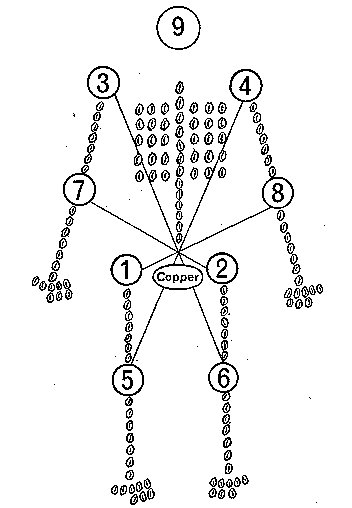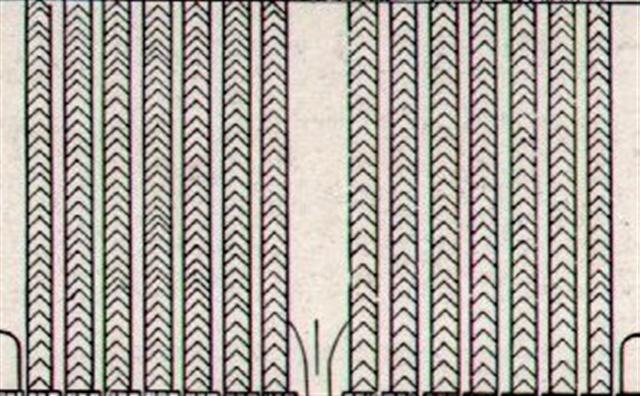|
TRANSLATIONS
With 200 as the last glyph (Ga7-30), meaning maybe 400 days, we should remember: ... In three magnificent texts at the site of Koba, scribes recorded it as one of the largest finite numbers we humans have ever written. According to these inscriptions, our world was created on the day 4 Ahaw 8 Kumk'u. On this day all the cycles of the Maya calendar above twenty years were set at thirteen - that is to say, the cycles of 400 years, 8,000 years, 160,000 years, 32,000,000 years, and so on, all the way up to a cycle number extending to twenty places (2021 * 1360-day year). In our calendar, this day fell on August 13, B.C. 3114 (or September 20, -3113 in the Julian calendar) ... ... There are other traces of an ancient year of ten months. The Marquesans, for example, termed a year of ten lunar months one puni or 'round'. Puni was the name for year in Easter Island. According to the ancient history of Kanalu some Hawaiian tribes assigned fourteen months to the year, or hookahi puni ma eha malama, one puni consisting of ten months plus four odd months. A year of ten lunar months cannot be explained on astronomical grounds and it is difficult to see how it could have been reconciled with the solar year of the seasons. The statement that in some parts of India a three-year period was divided into four parts of ten lunar months each only adds to the confusion since ten lunar months equal 295 days and four such periods contatin 1 180 days, whereas three calendrical years of 365 days amount to only 1 095 days ... 400 = 8 * 50 is a natural choice of a maximum number for the 'fire', similar to Ogotemmêli's 640: ... Ogotemmêli had his own ideas about calculation. The Dogon in fact did use the decimal system, because from the beginning they had counted on their fingers, but the basis of their reckoning had been the number eight and this number recurred in what they called in French la centaine, which for them meant eighty. Eighty was the limit of reckoning, after which a new series began. Nowadays there could be ten such series, so that the European 1,000 corresponded to the Dogon 800. But Ogotemmêli believed that in the beginning men counted by eights - the number of cowries on each hand, that they had used their ten fingers to arrive at eighty, but that the number eight appeared again in order to produce 640 (8 x 10 x 8). 'Six hundred and forty', he said, 'is the end of the reckoning.' According to him, 640 covenant-stones had been thrown up by the seventh Nummo to make the outline in the grave of Lébé.
So the cowries that the father of the first twins found in the ground when harvesting millet after the second sowing, were a foreshadowing of commerce ... And the tresses of Pachamama has 400 wedge-marks:
The number of glyphs on the tablets often seem to be related to 400, we have seen:
We should add:
75π = 235.5 = 8 * 29.5 - 0.5. With each glyph meaning 2 days, it is possible to eliminate the fraction:
Day number 150π = 471 will be on the border between Gb1-5 and Gb1-6 if we count from Gb8-30, else on the border between Gb1-6 and Gb1-7:
We need a new page at the end of the excursion:
|
||||||||||||||||||||||||||||||||||||||||||||||||||||||||||||||||||||||||||||||||||||||||||||||||||||||||||||||||||||||||||||||||||||||||||||||||||||||||||||||||||||||||||||||||||||||||||||||||||||||||||||||||||||||||||||||||||















